Part of the KOTAN series, designed with the goal of producing “next generation, long-life products.” Naoto Fukasawa poured over many details in order to perfect a product that was comfortable, light, and durable at the same time. Though simple in appearance, creating a chair that is stackable, easy to move, and provides comfortable support, is quite difficult to actualize. Pair with the beautiful KOTAN round table, available in a wide variety of configurations. Made with Japanese Ash wood, KOTAN is perfect for residences, stores, office spaces, or anywhere a bright, round, airy design is desired.
Advanced techniques shine through this chair’s simple design. The curved backrest is made of stacked sheets of wood, and bent using modern moulding technology. CondeHouse techniques prioritize low-waste construction to preserve our limited resources, as well as give increased strength. The characteristic wood grain of Japanese Ash also shines through.
Upholstered Seat: Take in the beautiful design and sitting comfortability of this cushioned seat. The prominently round contours of the wooden frame are neatly upholstered by CondeHouse technicians without a single wrinkle, highlighting their exquisite skill.
Standard Size
As shown
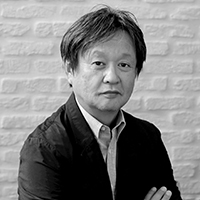
Born in Yamanashi Prefecture in 1956, Naoto Fukasawa has worked at Seiko Epson and ID Two (now IDEO San Francisco), founding and heading up IDEO’s Tokyo office. In 2003, Fukasawa went independent and established NAOTO FUKASAWA DESIGN.
Fukasawa has established a reputation for his quietly powerful designs and philosophies embodying human sentiment. He has collaborated with numerous international companies and brands. His designs span a wide variety of fields, from home accessories and precision electronic equipment to mobility, furniture, interior spaces and architecture.
Fukasawa is the recipient of numerous design awards. He has been accorded the title of Royal Designer for Industry (Royal Society of Arts) and received the Isamu Noguchi Award in 2018. He is also a professor at Tama Art University. Since 2012, he has been a curator at The Japan Folk Crafts Museum.
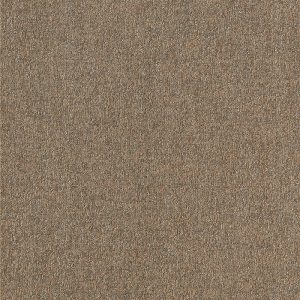 [F1]
[F1]  [F1]
[F1]  [F1]
[F1] 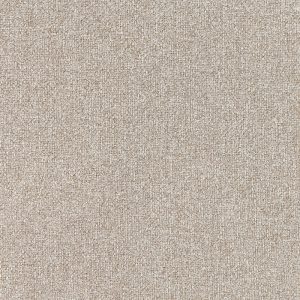 [F2]
[F2]  [F2]
[F2]  [F2]
[F2] 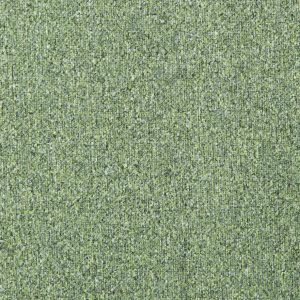 [F3]
[F3] 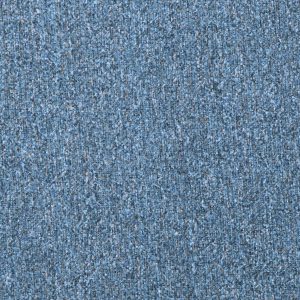 [F3]
[F3] 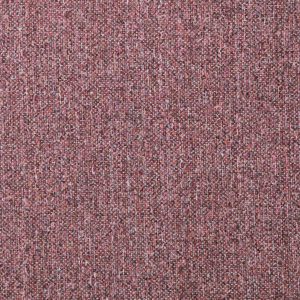 [F3]
[F3]  [F3]
[F3] [F3]
[F3] [F3]
[F3]  [F3]
[F3]  [F3]
[F3] 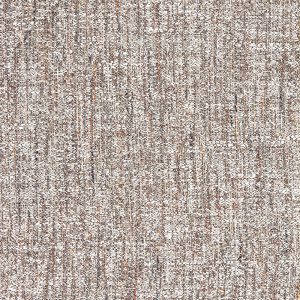 [F3]
[F3] 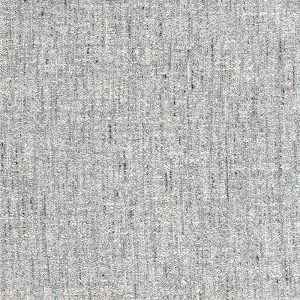 [F3]
[F3] [F4]
[F4] [F4]
[F4]  [F4]
[F4] [COM]
[COM] [CL1]
[CL1] 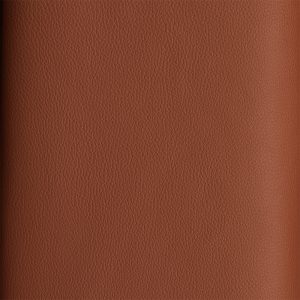 [CL1]
[CL1] 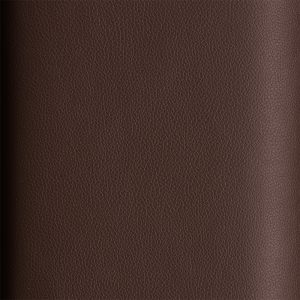 [CL1]
[CL1] 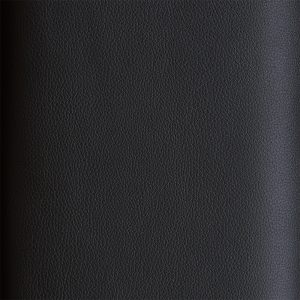 [CL1]
[CL1] [L2]
[L2] 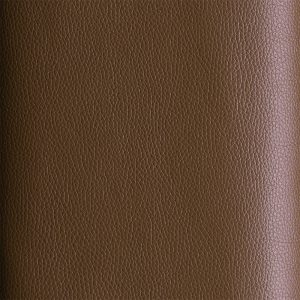 [L2]
[L2] 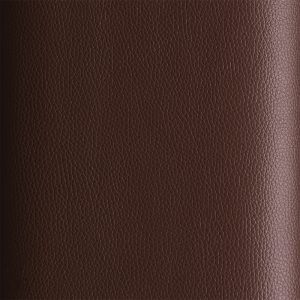 [L2]
[L2] 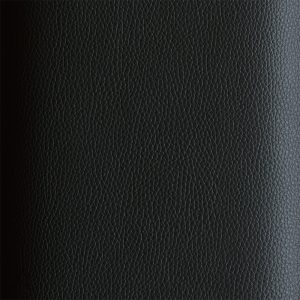 [L2]
[L2] 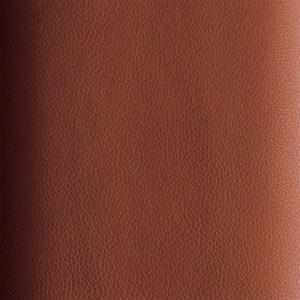 [L3]
[L3]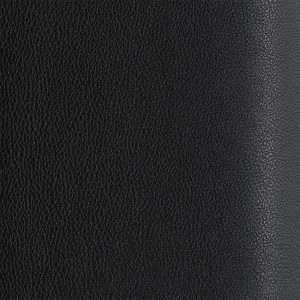 [L3]
[L3]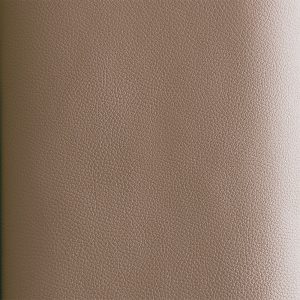 [L3]
[L3]  [L3]
[L3] 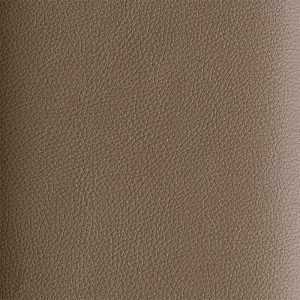 [L3]
[L3]  [L3]
[L3]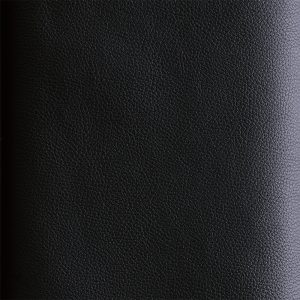 [L3]
[L3] [L3]
[L3]  [L3]
[L3] 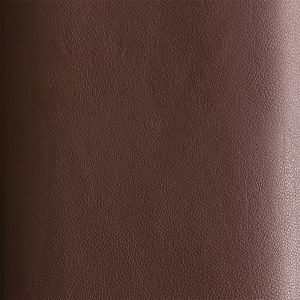 [L3]
[L3] 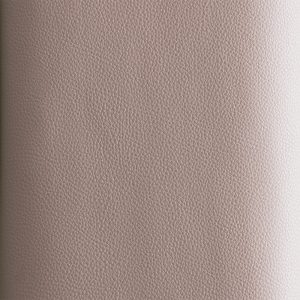 [L3]
[L3] 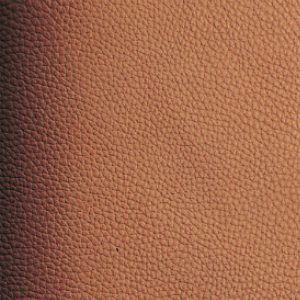 [L4]
[L4]  [L4]
[L4]  [L4]
[L4] 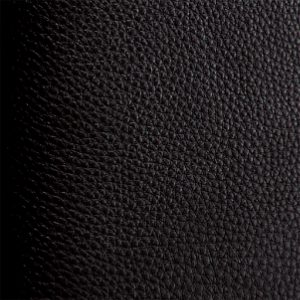 [L4]
[L4]  Japanese Ash Natural
Japanese Ash Natural
 Japanese Ash White Wash
Japanese Ash White Wash
 Japanese Ash Medium Brown
Japanese Ash Medium Brown
 Japanese Ash Dark Brown
Japanese Ash Dark Brown
 Japanese Ash Gray Wash
Japanese Ash Gray Wash
 Japanese Ash Dark Gray
Japanese Ash Dark Gray
 Japanese Ash Black
Japanese Ash Black